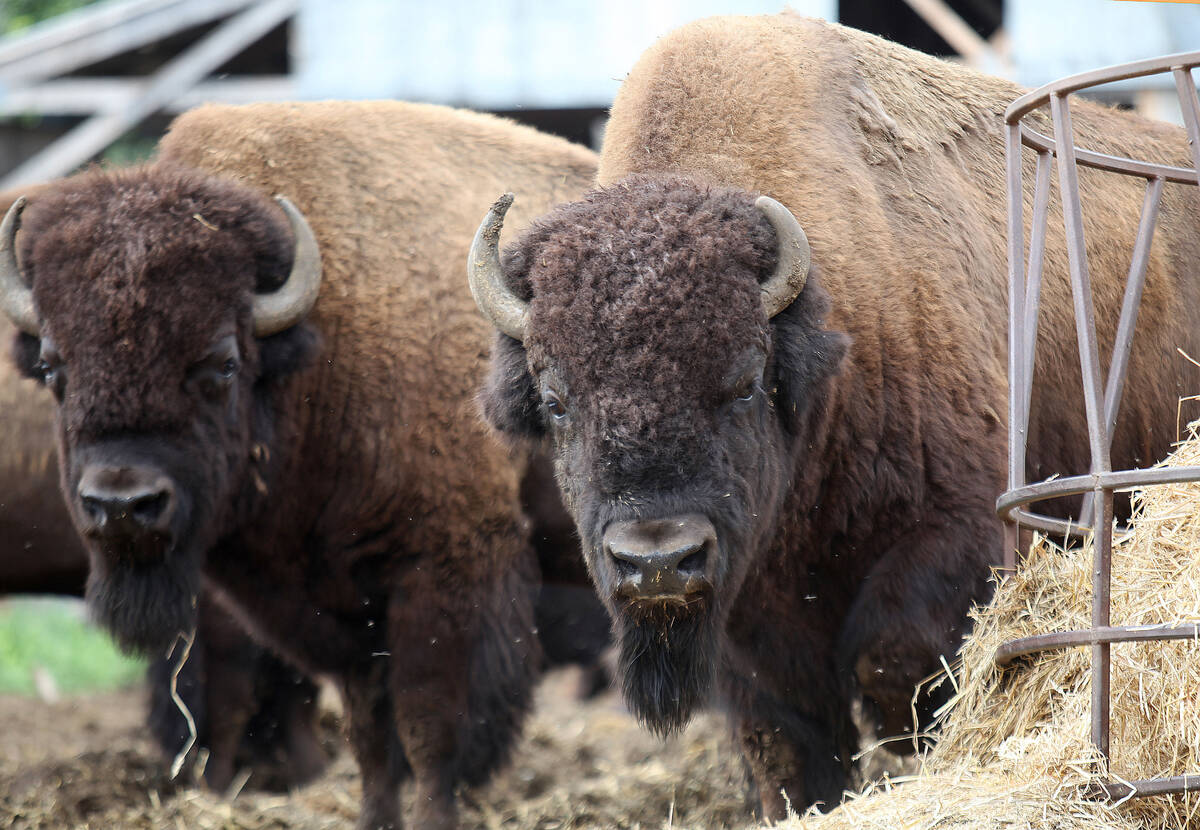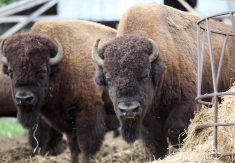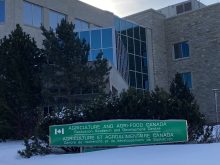Crop insurance trouble starts with soil
Regarding the story, “Crop insurance costs exploding,” on page 1 of the Feb. 29 issue, one has to agree that it’s time to look at the crop insurance program — maybe even act.
In addition to “drought and crop prices,” what are the other causes?
Our family holds a quarter section of good grass and water on Canada Land Inventory Class 2 land. This does not qualify me as a farmer nor rancher. Yet I fear for all of us in the days to come — those paying the premiums and those bolstering the public purse needed for bailouts.
Read Also

Reconciliation and farming require co-operation to move ahead
Indigenous communities in North America were cultivating crops such as potatoes and corn long before anyone from Europe had heard of the crops.
As I drive to our land, I’ve recorded cultivated grassland casually. Five areas amounted to 226 acres by Google Earth. Two were quarter sections with substantial aspen. The others were slopes and low-lying field edges formerly in grass. Three were CLI 6, one CLI 5 and one CLI 3 land but with a patch of Regosolic soil. None were quality cropland.
If I think below the surface for a moment, soils are Mother Nature’s stuff. She shapes them in cahoots with long-ago glaciers, climate and weather.
Then there are our institutions that are often based on soil — our livelihoods, our communities, our education and health services, our governance, our quality of life.
Mother Nature is in charge, as we are painfully learning more and more. Our institutions, including crop insurance, are mere card houses in comparison to Mother Nature’s power. We’d be wise to heed her advice.
Is the crop insurance challenge partly our own doing? Does ill-designed crop insurance actually feed the problem? Could governments practise leadership, based on sound agronomic practices and soil science?
Crop insurance should not apply to cultivated CLI 5-7 land, maybe even Class 4. There, cows are our best insurance. Would we let good governance happen for our own good?
Joe Schmutz,
Saskatoon
Prairies must take care with invasive mussels
For well over 100 years we have taken our waterways and irrigation infrastructure for granted.
Their importance is illustrated by the fact that 4.4 percent of Alberta’s cultivated land within irrigation districts provides 27 percent of the value of all agricultural products produced. As well, irrigation is responsible for 46,000 full-time equivalent employment positions and produces well over $5 billion to the annual provincial GDP.
Alberta has billions of dollars in water irrigation infrastructure and is contemplating $900 million in further investments.
All of this is in immediate peril due to invasive species — zebra and quagga mussels — which are at our borders.
On Feb. 4, the Kelowna Chamber of Commerce called for the immediate moratorium on all out-of-province watercraft, singling out Albertans. I believe we must join this moratorium — and also encourage our friends in Saskatchewan — with urgent priority.
Unless we are able to provide 24-hour security at every border crossing, which we don’t have either the resources or the time, we are at great risk. All it takes is one contaminated boat and the entire watershed is contaminated — forever — because these waterways are all interconnected and there is no practical eradication method.
Society doesn’t generally like “abrupt,” but never has an issue deserved “abrupt “ like this existential threat. Google Lake Winnipeg Zebra Mussel infestation and imagine the consequences of three feet of rotting shellfish on the banks of our rivers and lakes.
We must be proactive. To be reactive is unthinkable.
S. Todd Beasley,
Brooks, Alta.
















